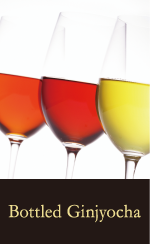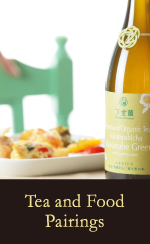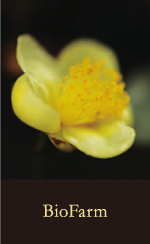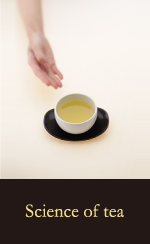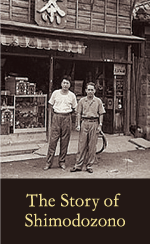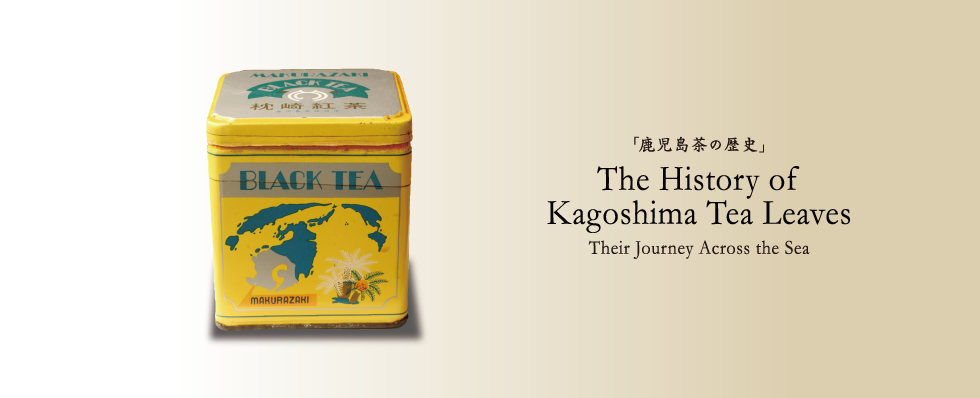
There are many legends and records on the origin of tea cultivation in Kagoshima. The oldest record is that of a fleeing Heike warrior starting tea production in Atashirakawa (present-day Minamisatsuma City) around 1185. Another holds that the Buddhist priest Eisai sowed tea seeds at Kannoji, one of Japan’s oldest Zen temples, when it was founded in 1194 in what is now Noda, Izumi City. Two related theories include the story that in 1319 the chief priest of Hannyaji in Yoshimatsu (present-day Yusui Town in Aira County) planted tea cuttings, which he had brought down from Uji in Kyoto, and imparted his knowledge on tea processing; and the idea that Ashikaga Takauji, the first shogun of the Ashikaga shogunate, brought tea plant seeds from Uji which he sowed in the grounds of Hannyaji when he set up his battle camp in Kyushu in 1320.
In the second half of the 18th Century, Japan witnessed the arrival of Commodore Perry’s ships from America. Having experienced this major event, the Satsuma Domain leaders and the many merchants who flourished in the final years of the Tokugawa shogunate, worked hard to promote the tea industry, spurring momentum for the export of Japanese tea in the years leading up to the Meiji Restoration. Demand for tea grew worldwide from the Taisho Period through to the early Showa Period, propelling production of black tea for export, and Kagoshima teas rapidly made their way overseas.
Kagoshima tea is gaining ever more attention from around the world today for its ability to exhibit the truly unique qualities of each tea variety, infused with the flavors of the local climate and topography.
